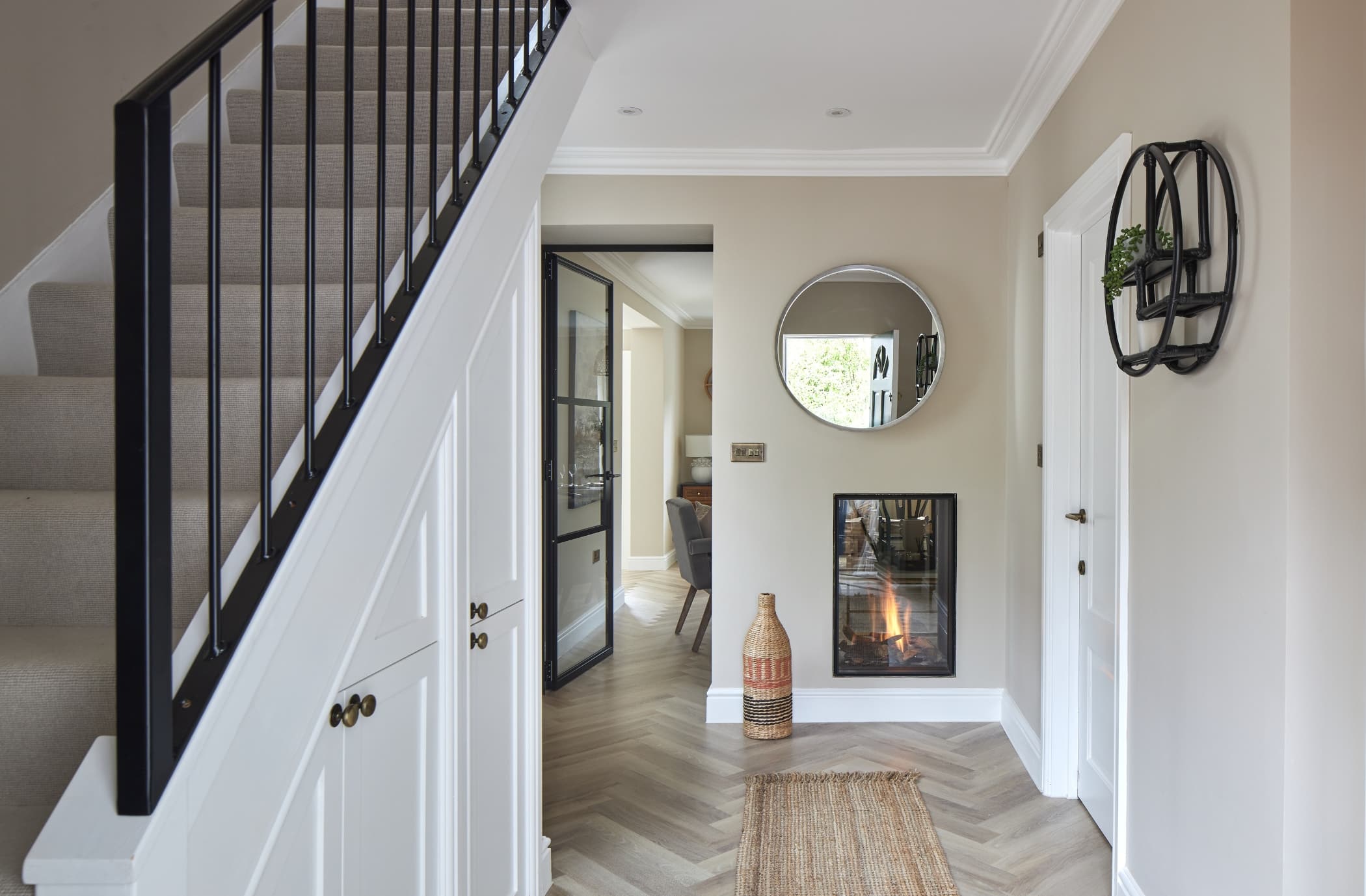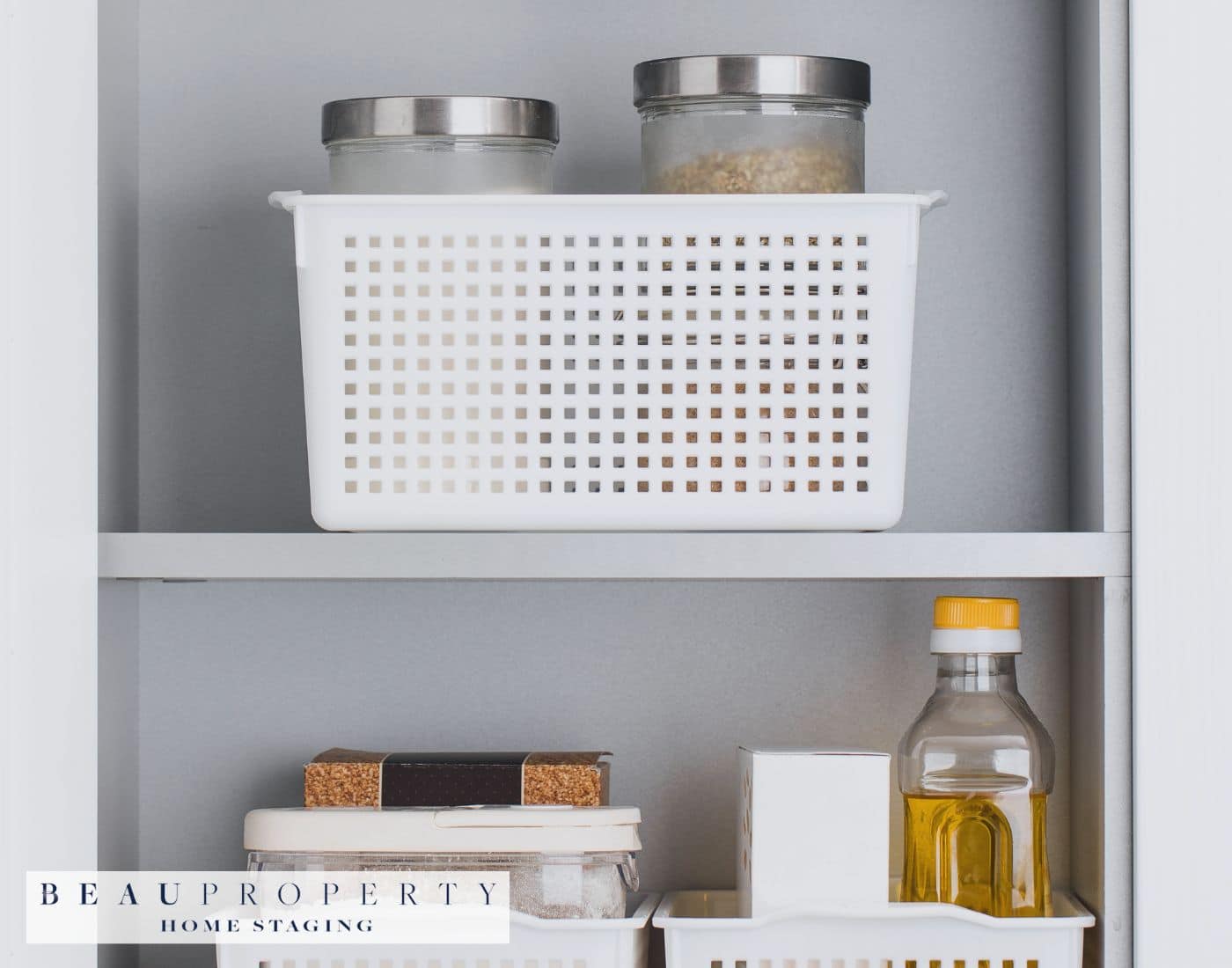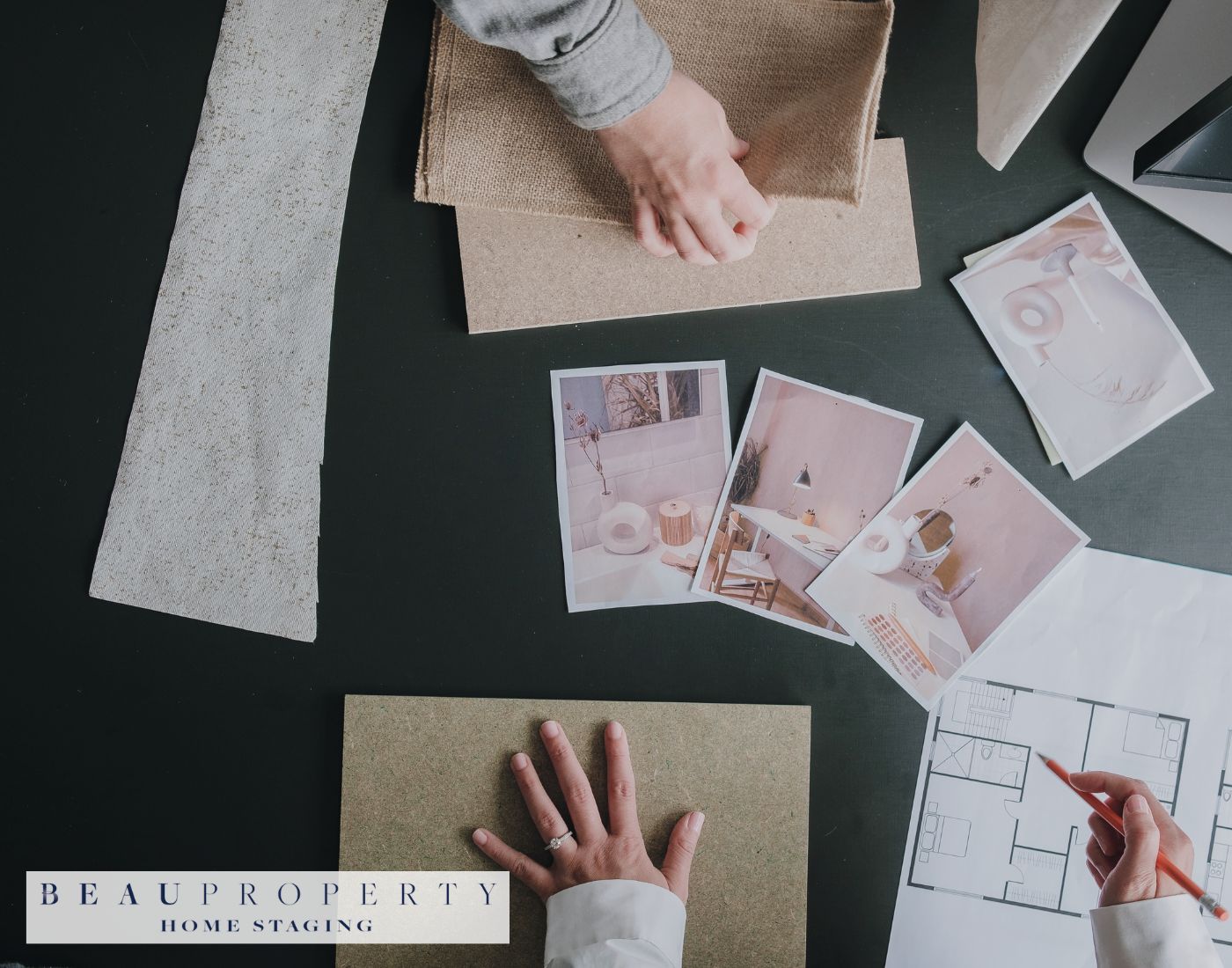Introduction to Home Staging
Home staging is the process of preparing and showcasing a property for sale in order to make it as visually appealing and marketable as possible to potential buyers. It involves strategically furnishing, decorating, and organising the home to highlight its best features and create an inviting atmosphere.
Home staging has become increasingly popular in the UK real estate market over the last decade. According to industry research, a well-staged home often sells faster and for a higher price compared to similar non-staged properties. There are a few key reasons why home staging is worth investing in:
Maximises First Impressions
Home staging enables you to make a strong first impression right from the moment a potential buyer steps through the front door. The property immediately looks clean, spacious, and move-in ready, encouraging the buyer to look further.
Enhances Visual Appeal
Home staging showcases the property in its best possible light. Strategic furniture positioning, thoughtful accessorising, optimised lighting, and neutral décor all help buyers focus on the home’s impressive features and envisage its potential.
Appeals to More Buyers
Staging creates a welcoming, style-neutral backdrop that allows more buyers to picture themselves living in the home. The space feels warm and livable yet ready to take on the new owners’ personal touches.
By investing in professional home staging services, sellers can tap into expertise on presenting the property in a way that attracts serious buyers. This article explores essential tips on how to effectively stage your home to sell it faster and for more money.
Decluttering and Depersonalising
Decluttering and depersonalising your home before putting it on the market is crucial for creating an appealing, neutral environment that allows potential buyers to envision themselves living there. A cluttered, overly personal space can be distracting and prevent buyers from connecting emotionally with the property.
The Importance of Decluttering
When you declutter, you remove excess items and possessions that are no longer needed or used. This creates a sense of spaciousness and light that appeals to buyers. It also allows them to better focus on the home’s best features rather than getting distracted by clutter.
Decluttering shows buyers that the home has been well cared for and is move-in ready. It demonstrates good home maintenance and upkeep, increasing the home’s perceived value.
Tips for Effective Decluttering
- Go through each room methodically and decide what items to keep, donate or discard
- Be ruthless in decision making – if not used in past year, likely no longer needed
- Rent storage unit for items not ready to part with but don’t want on display
- Focus decluttering efforts on key areas like kitchen, living room, bedrooms
- Create organised, labelled storage system for items being kept
The Role of Depersonalization
Depersonalizing entails removing personal possessions like family photos, collections, artwork and political or religious items. This allows potential buyers to imagine the home as their own blank canvas.
Seeing your family photos and personal artefacts can prevent buyers from picturing their own lives in the home. A neutral, gallery-like look is best for showcasing the home itself.
Tips for Effective Depersonalization
- Take down family photos and personal art pieces
- Pack away sentimental items like souvenirs and collectibles
- Remove or replace items showing political or religious affiliation
- Edit and reduce decorative items to create a simple, welcoming look
- Keep surfaces free of clutter and personal memorabilia
Following these decluttering and depersonalization tips will help present your home in its best light, appealing to the widest range of potential buyers.
Enhancing Lighting
Lighting plays a crucial role in home staging by creating a welcoming atmosphere that highlights the best features of a property. The right lighting makes rooms appear larger, brighter and more inviting to potential buyers. According to research, bright environments lift moods and make spaces more appealing. Strategically-placed lighting draws attention to architectural details and functionality that might otherwise go unnoticed.
Maximise Natural Light
Maximising natural light should be the first priority when staging a home. Sellers should thoroughly clean all windows, replace any broken panes, and remove window treatments that block sunlight. Consider painting walls white or light colours that reflect daylight. Remove any foliage or obstructions outside that prevent light from entering. Finally, staging should focus on showcasing sun-drenched rooms at their brightest times of day.
Enhance with Artificial Lighting
Supplementing natural light with artificial lighting creates an optimal effect. Use ambient lighting like floor and table lamps to bathe rooms in a warm, inviting glow. Task lighting like under-cabinet lights in kitchens highlight functionality. Finally, accent lighting draws attention to architectural details and design features. Opt for bulbs with high colour rendering index (CRI) values for true-to-life light. Dimmers allow brightness adjustments for daytime and nighttime showings.
Painting with Neutral Colours
Neutral paint colours can be highly advantageous when preparing a home for sale. Unlike bold or dramatic shades, neutral tones create a blank canvas that allows potential buyers to envision themselves living in the space. Choosing soft beiges, warm greys, or subtle taupes opens up possibilities rather than limiting options.
Advantages of Neutral Paint Colors
- Appeal to a wider range of buyers since neutral colours are inoffensive and have broad appeal
- Allow buyers to picture their own furniture and belongings in the home since neutral backdrops do not clash
- Make rooms appear larger and more airy due to light reflectivity
- Convey a well-cared for ambience since fresh coats of paint imply maintenance
- Highlight architectural details that may get drowned out by loud colours
Tips for Selecting and Applying Neutral Paints
- Test paint swatches on walls at different times of day to judge how natural light affects tone
- Select warm greys for north facing rooms and cool greys for south facing spaces
- Use matte or eggshell finishes to downplay imperfections on walls
- Apply neutral colours throughout open concept main living areas for a cohesive flow
- Repaint ceilings bright white to maximise the perception of space and light
Strategic Furniture Arrangement
Arranging furniture strategically is crucial for showcasing the space and functionality of a home when staging it for sale. The way furniture is positioned can make rooms appear larger, more inviting, and better highlight the intended purpose of each area. Implementing some key principles when arranging furnishings can maximise the visual appeal and practical use of every room.
Open Up Floor Space
One of the most common staging tactics is to remove extraneous furniture from each room. Eliminating pieces that cramp the area or restrict traffic flow allows potential buyers to better envision how they would utilise the room. Focus on keeping only essential items, then arrange them in a way that draws the eye towards open spaces. Positioning furnishings along the perimeter of a room makes it appear more spacious and welcoming.
Establish Clear Focal Points
Strategically placing statement pieces or large furniture facing towards a room’s entrance establishes a clear focal point. For example, angling a sofa or bed to face the doorway instantly draws attention to that spot, creating an inviting vignette. Complementary accessories around that focal item, like an area rug or artwork above, further enhance the appeal. Just be sure the arrangement allows enough space for entering and navigating the room comfortably.
Showcase Architectural Details
When staging a property, it’s important to highlight any attractive architectural elements built into the home itself. Arrange furnishings to direct sightlines towards features like fireplaces, built-in shelving, vaulted ceilings, or large windows. Clearing objects away from those areas keeps them unobstructed, allowing their design to shine. Simple, minimalist furniture arrangements tend to be most effective for showcasing desirable structural details.
By thoughtfully positioning essential items to maximise open floor space, establish focal points, and showcase permanent architectural details, home stagers can make each room appear aesthetically pleasing and highly functional.
Adding Touches of Warmth
Creating a welcoming atmosphere is key to helping potential buyers envision themselves living in the home. Thoughtfully incorporating small touches like houseplants, artwork, and textiles can make a staged property feel cosy and lived-in.
The Role of Plants, Artwork, and Soft Textiles
Adding living elements like houseplants brings warmth and freshness to a home. Strategically placing them in entryways, living spaces, and bedrooms makes the home feel vibrant. Meanwhile, framed artwork, from subtle botanical prints to abstract paintings, adds personality. Soft textiles like blankets and pillows make furniture more inviting. These accessories create a welcoming environment that appeals to buyers’ emotions and imaginations.
Tips for Accessorizing
- Choose neutral coloured and textured throws, blankets and pillows for sofas, chairs and beds. Stick to solids or subtle patterns.
- Incorporate different plant varieties like succulents, snake plants and orchids for visual interest.
- Pick artwork with neutral palettes that don’t distract. Black and white botanical prints make great choices.
- Place candles and diffusers with light, clean scents like cotton, sandalwood or vanilla.
- Add a rug in the living room to delineate the space and add cosiness.
By following these tips, home stagers can thoughtfully access accessories to enhance a property’s warmth and appeal without overdoing it. Subtle additions allow potential buyers to envision the home as their own blank canvas.
Conclusion
Effective home staging can have a significant impact on the success of selling your property. By thoughtfully preparing and showcasing your home, you create an inviting environment that allows potential buyers to envision themselves living there. This increases the likelihood of securing a quick sale, often at a higher price point.
The essential tips covered in this blog provide practical guidance to help you maximise your home’s appeal through staging. Key areas to focus on include decluttering, neutralising decor, enhancing lighting, strategic furniture placement, and adding warmth through accessories. Taking the time to stage even small spaces like an entryway or primary bedroom can make a noticeable difference.
With the UK real estate market remaining competitive, staging gives your property an edge. The small upfront investment pays dividends through faster sale times and higher offers. Review the tips outlined here and take proactive steps to prepare your home for selling success!
Effective home staging
Staging a property for sale, when done effectively, has been shown to reduce the amount of time a home spends on the market by up to 50%. The strategic enhancements also increase the final sale price by around 1-3%, with luxury homes seeing an even higher premium.
By presenting a clean, decluttered, and neutrally decorated home, staging allows potential buyers to immediately focus on the property’s best features and layout. This emotional connection translates to more showings, higher offers, and faster sales.
Essential staging tips
If you are considering selling your home in today’s market, implementing staging best practices is a smart investment. Though it requires some upfront effort, you will maximise your home’s appeal and marketability for the highest possible return.
Review the simple but impactful tips covered here – like painting, lighting, furniture arrangement, and decluttering. The small details make a difference and can directly impact your final sale price. Take the next step by requesting a competitive market analysis and develop a staging strategy with your real estate agent!
FAQs on Home Staging
Home staging is the process of preparing a property for sale in order to make it more appealing to potential buyers. It can seem daunting for homeowners to know where to start when staging their home. Here are some common questions related to home staging challenges and practical solutions:
How much does home staging cost?
The cost of staging can vary greatly depending on the size of the home, the amount of furniture and accessories rented, and the level of service provided by the home stager. However, most estimates fall between 1-3% of the total asking price of the home. This cost is usually recouped through a higher sale price and faster selling time.
Is it worth paying for professional staging services?
In most cases, yes. Professional stagers have the experience, resources, and eye for design to make strategic enhancements that highlight your home’s best features. Statistics show professionally staged homes sell faster and for 3-5% more on average.
What if I can’t afford professional staging?
You can still stage your home effectively on a budget! Focus on deep cleaning, decluttering, making minor repairs, enhancing lighting, and using neutral colours and accessories you already own to give the home a clean, inviting look. Our blog provides plenty of DIY staging tips to help maximise your home’s appeal.





